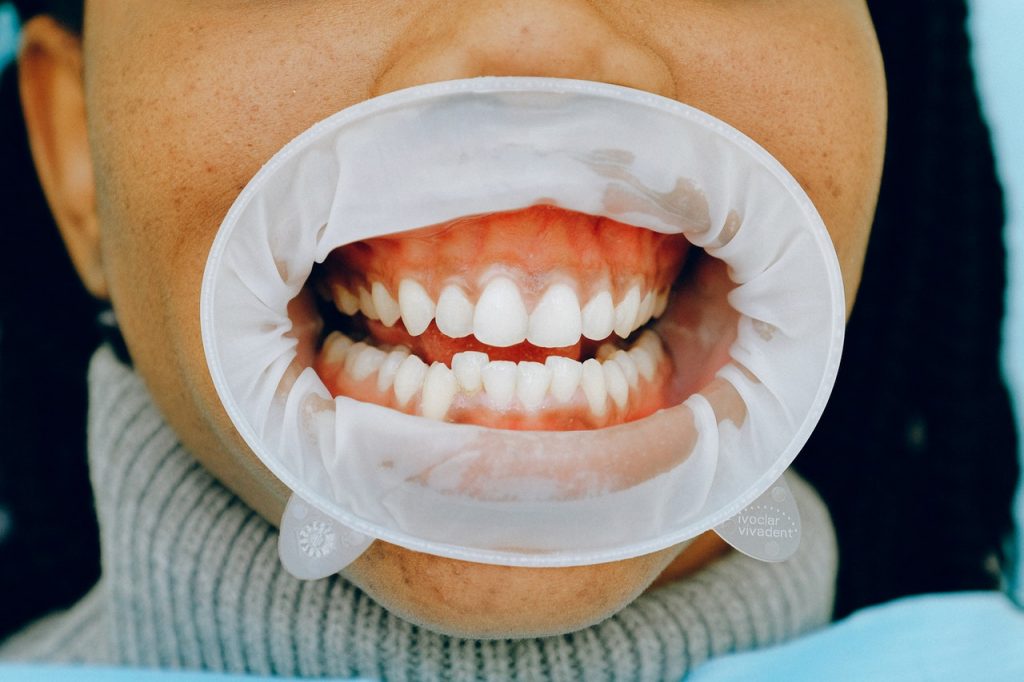Throughout much of life, smiling is the best way of approaching many social interactions. Whether it’s meeting someone on a date, dealing with someone for a business, or only having a good time with friends, nothing can beat a bit smile. But in most cases, some of us will notice that some of our teeth are bigger than usual. In reality, they appear longer or larger since some of our gums might have receded, which can expose our teeth.
While this might look unsightly, receding gums is usually linked to more severe health complications, such a gum disease. So how do we prevent our gums from receding? What are some primary causes of gum recession? Here’s what you’ll need to know.
Gum Recession
Like tooth decay and other common dental complications, the recession of your gums is one of the most common difficulties people will face in their early 30s. Recent studies from the Center for Disease Control and Prevention show that around 45 to 50% of adults in their 30s suffer from gum disease.
Gum recession is characterized by a gradual and slow process of the gums or the tissues surrounding the tooth’s base receding, which can expose more of the tooth’s root area. This can compromise the structural integrity of your tooth and cause gaps to form.
There’s no one cause for receding gums, and there are a variety of factors that have to take into account. But one of the most common reasons for the recession of your gums is associated with the aging process. This can also signify health complications related to teeth, such as periodontitis or physical trauma from brushing your teeth too hard or having bristles too rough.
In addition to being unsightly, not addressing gum recession can often place the individual at the risk of infections around the teeth area, and eventually tooth loss, in more extreme situations. Your gums act as a natural protective “foundation” for your teeth, and if there’s only little tissue left to hold your teeth together, this might cause problems.
Fortunately, you don’t have to wait. Prevention is the best means of treating gum recession, and it can usually be treated as soon as possible. Since your gums are responsible for protecting underlying bones and tissue from infection, we should ensure that our gums are healthy while preventing early signs of gum recession.
What Are the Primary Causes?
Other than just aging, receding gums can be caused by a variety of factors. Some primary causes of gum recession include:
- Brushing too vigorously — In general, toothbrush bristles are designed to reach gaps in your teeth and break down plaque. Sometimes, these bristles can wear down your gums, which can lead to bleeding.
- Changes in hormones — Hormonal changes can happen during puberty, pregnancy, and the menstrual cycle. For many middle-aged women, gum recession can occur during menopause.
- Genetics — There are just some individuals that are born with weaker and thinner gums. This makes them susceptible to gum disease.
- Poor dental hygiene — Oral hygiene is an essential part of daily life and should always be observed. If you don’t brush your teeth, the build-up of plaque could lead to problems on your teeth’s surface, which can ultimately lead to gum disease.
Preventing Gum Recession
Although gum recession might be one of the more common symptoms of gum disease and periodontitis, there are many treatments for such a condition.
Gum Graft Surgery
This is by far one of the most effective means of preventing and treating gum recession. Those that have a serious case of the disease might have to undergo gum graft surgery. This will usually involve dentists triggering gum tissue from one part of the mouth to a place that has exposed roots. This is quite popular among professionals that want to have a more attractive smile.
This type of surgery will require a fair degree of skill, precision, and state-of-the-art equipment. If you’re planning on getting one, you might want to get one from dental experts equipped with 3D printing for dentistry. This “revolutionary technology” is known for giving; dental professionals a comprehensive way of planning out surgeries and expediting treatment time.
Scaling and Root Planing
For milder forms of gum recession, scaling is one of the more straightforward procedures that involve cleaning out plaque and tartar that might have accumulated in the gumline. On the other hand, root planing will usually include cleaning the root’s surface right before reattaching the gums, which might have been separated from the buildup of calculus and plaque.
There are a variety of ways of preventing and treating gum recession. Although it’s one of the most common dental complications among mature adults, it can still be prevented with proper oral hygiene and care.

